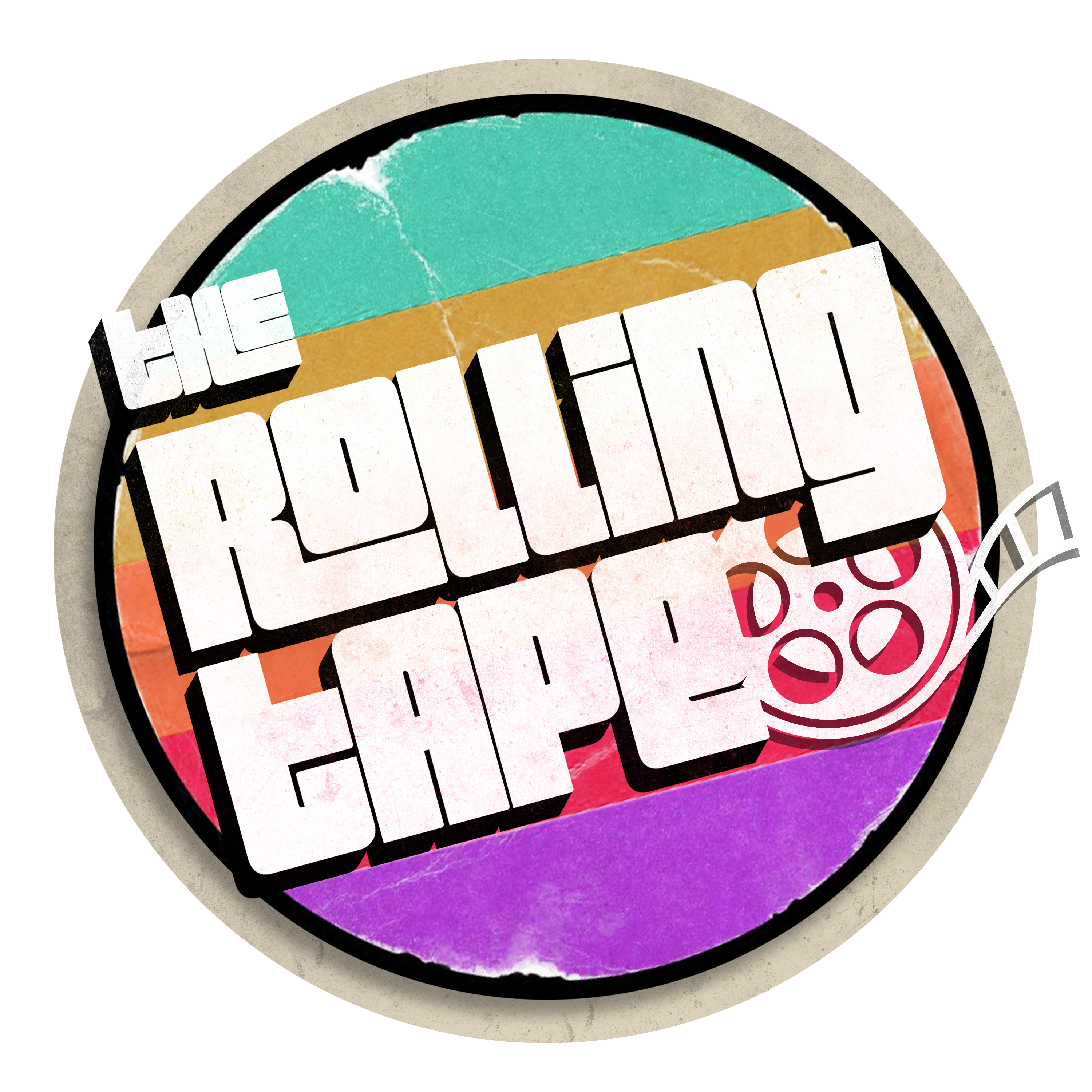The 28 Days Later franchise is solidified amongst horror fans for changing the zombie genre forever. The first film perfectly captures post-9/11 panic in the early 2000s while filming the infected in fresh ways, and 28 Weeks Later (2007) is a direct look at American imperialism. Ironically, more than 20 years since the initial release, Danny Boyle retains what made the original film so iconic in the first place, while also adding a more modern and expansive view to it with 28 Years Later (2025).
28 Years Later is a modern marvel for both the horror and zombie genres alike. The world is more sweeping and creative than ever, infected are faster and more terrifying than ever, and Boyle’s flair for experimentation with digital filmmaking is at an all-time high. But surprisingly, the entry is the most emotionally intimate and moving whilst flexing the endless possibilities of where things are leading; simply put, it’s my definition of a modern horror classic for years to come. A mixture of beautiful bliss and disturbing imagery.
Most of our story begins, of course, 28 years after the initial outbreak of the Rage virus in the UK. Most people there are now quarantined on the mainland with virtually no contact with the outside world except for themselves. One group of people living on a small island connected to the mainland have managed to create a fortified defense against the infected.
On the island, we follow a father named Jamie (Aaron Taylor-Johnson), his sick wife Isla (Jodie Comer), and their son Spike (Alfie Williams). When Spike decides to go out to the mainland to find a doctor to cure his mother, he discovers the new ways that the infected have evolved and how other survivors have evolved along with them.
Just from the premise alone, it’s clear that 28 Years Later takes a vastly different approach to showcasing the infected than any other entry. They’re still showcased more terrifyingly than ever with great manic editing and visual representations of their havoc through infrared lights and symbolic touches, but more than ever previously, they’re really shown to be their own type of species.
Through the death and chaos that the infected have caused for over two decades, there has been an evolution, and it’s showcased in really fascinating ways with new types of infected, such as insanely large ones that are far slower but much more vicious in disposing of their target. We are also introduced to the strongest type of infected shown in the franchise, the Alpha.
Alphas are unstoppable killing machines who run at terrifying speeds. Their resilience to stay alive is more insane than any other type of infected. This film ups the stakes with these evolutions, making the zombie more than an infected being, but a new, threatening lifeform.

Boyle continues his tradition of shooting in the most frenzied and off-beat manner possible, adding to the sheer horror and impact of the infected. The decision to shoot the entire film on iPhones and iPhone rigs put on actors may seem overkill to some, but it’s by far some of the most fascinating uses of digital cinematography I’ve ever come across.
Working with cinematographer Anthony Dod Mantle, they shoot the infected and the environment in a way that feels so much more uneasy and anxiety-inducing than before. The brilliant use of the phone’s widescreen brings a feeling that the infected could be anywhere–there is so much intensity in every scene, looking around for where they could be.
Over 20 years after the original, it makes sense that a sequel to one of the first widely released films shot digitally would parallel that with a similar aesthetic of a filmmaking technique reflecting the subject matter. The result of shooting like this leads to so many wide shots that take full advantage of every single frame and still keep the idea intact of nature continuing to evolve alongside everything else. It’s simultaneously a familiar visual language that still keeps what works well, such as the different frame rate iterations and a visual format we see all the time in our everyday lives, but it feels so refreshing and new to see it implemented in a modern studio film like this.
Newcomers to the franchise, the main cast is wondrous across the board. Comer is so sympathetic and lovely as a sick mother who is never fully present due to her illness, but you can still tell just how much she cares for her son Spike. Williams gives a great first feature film performance as the innocent but determined son. While Williams is the core of this film, I was shocked at just how much impact Ralph Fiennes has from his performance as Dr. Kelson. It’s the definition of making a mark despite having only a limited screen presence in the film’s more emotional back half. It will go down as one of his most underrated performances for me, adding just enough humor and emotion where the film needs it.
Alex Garland’s screenplay also evolves with virtually everything else in this franchise. The themes of grieving and death are still present, just like with the first and so is strong character development, but we also get to see how even in a modern-day quarantined society, things like gender roles are still instilled, reminding us of a grim reality that still mirrors ours, even in apocalyptic scenarios.
Currently slated for two more parts, 28 Years Later showcases Boyle’s talents tremendously and handles all of its ideas with expert care. With a nice blend of continuing traditions from the first two installments and an addition of the visual language evolving with the world of these movies, I couldn’t be happier with how 28 Years Later turned out; a film that will join the ranks as a marvel in its genre.
Review Courtesy of Joshua Mbonu
Feature Image Credit to Sony Columbia Pictures via Bloody Disgusting

Recent Comments